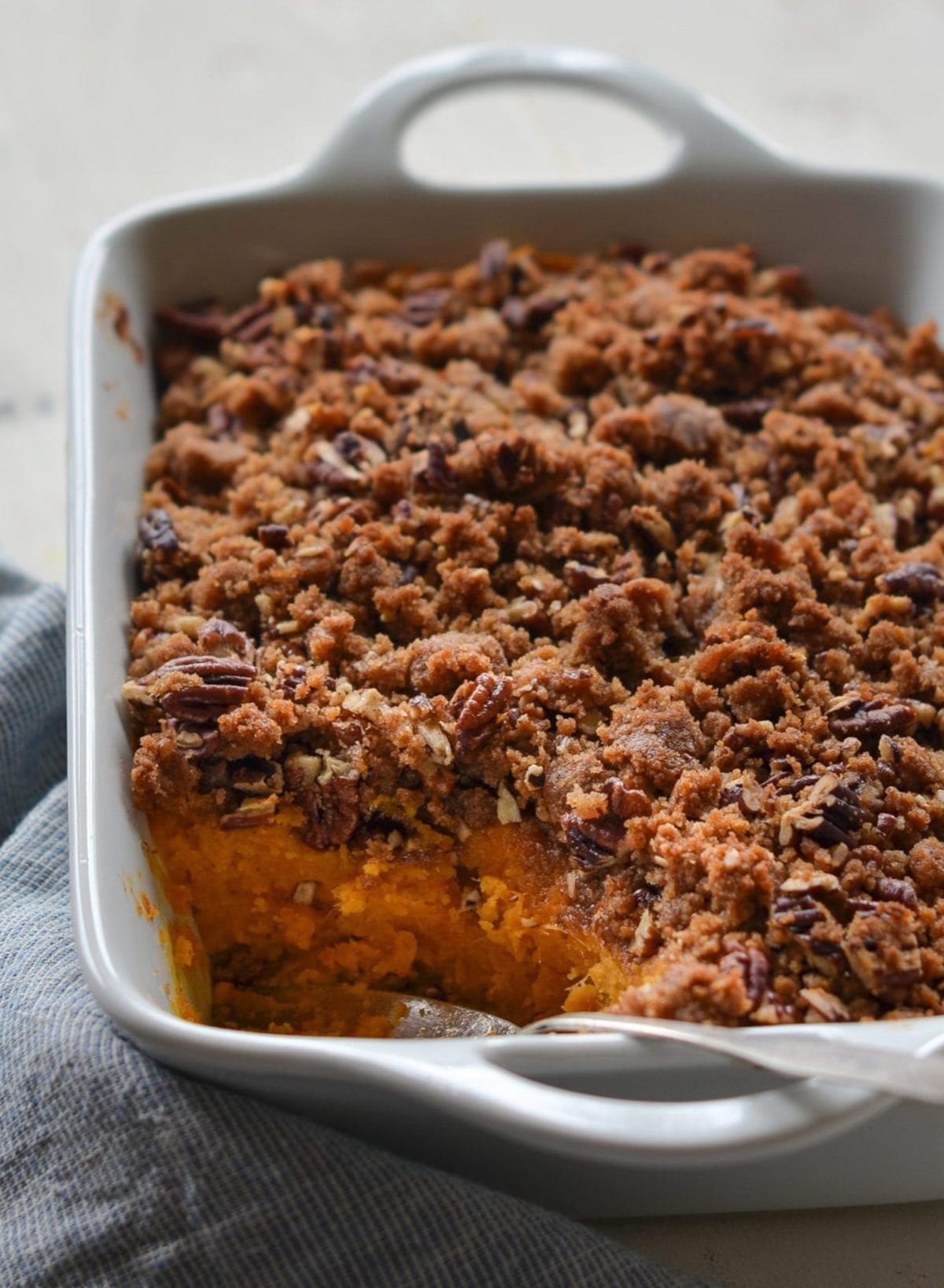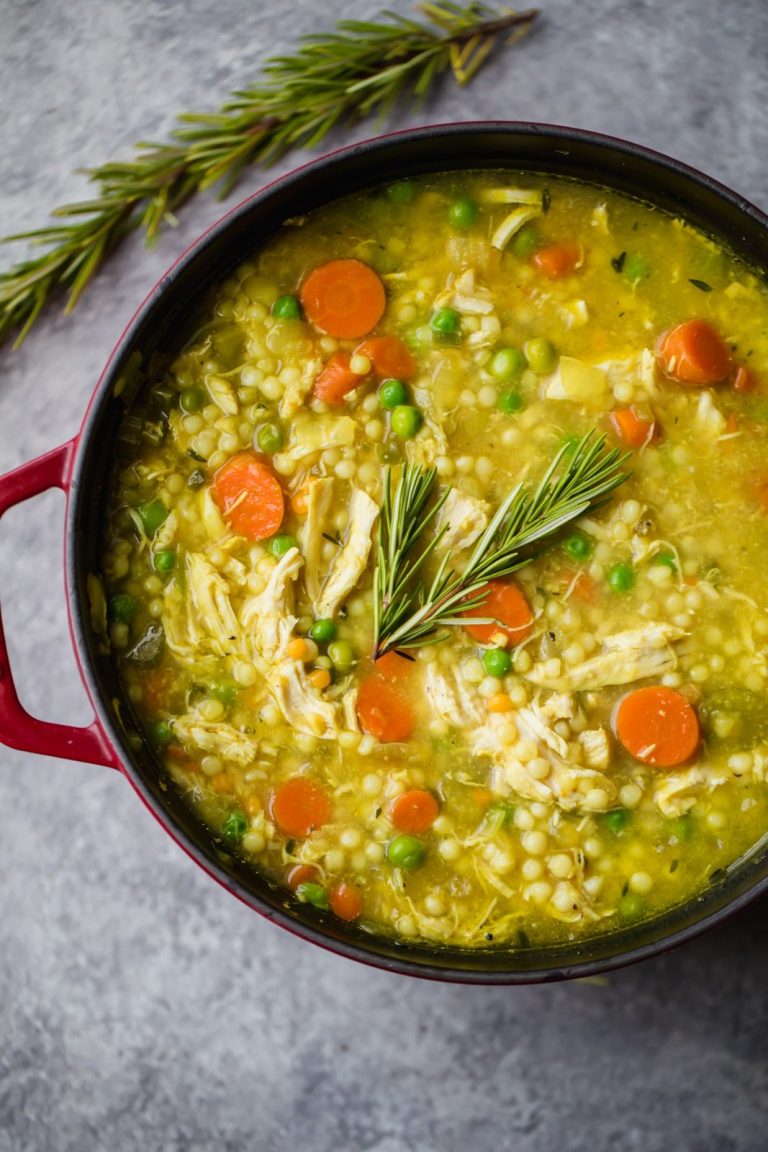Sweet Potato Casserole: Recipes, Origins, and Serving Tips
Sweet potato casserole has deep historical roots, originating in the United States during the early 20th century. The dish appeared in American cookbooks, combining mashed sweet potatoes with butter, sugar, and spices. Marshmallows were later introduced as a topping to add sweetness and texture. This method of preparation became popular, particularly in the southern states. Historical records show the dish became a staple at Thanksgiving. Notably, the oldest known published recipe is in a 1917 booklet by the Angelus Marshmallow company.
Cultural Significance and Variations
Sweet potato casserole holds cultural significance, especially in the South, symbolizing comfort and tradition. It’s a hallmark of holiday feasts, bringing families together. Variations of the dish suit regional tastes and dietary preferences. For instance, some recipes include pecans, replacing or accompanying marshmallows, to add a crunchy texture. Others reduce sugar for a healthier version. Modern takes on the casserole may feature ingredients like orange juice, vanilla, or even bourbon, showcasing its versatility.
Key Ingredients for the Perfect Sweet Potato Casserole
Choosing the Right Sweet Potatoes
Select sweet potatoes that are firm, smooth, and free of blemishes. Look for varieties like Beauregard or Garnet, known for their natural sweetness and moist texture. Avoid using yams, as they differ in taste and consistency. The ideal sweet potatoes have a bright orange flesh, ensuring a rich flavor and vibrant color for your casserole.
Sweet Versus Savory Styles
Decide on a sweet or savory casserole based on your preference. For a sweet style, combine sweet potatoes with ingredients like brown sugar, cinnamon, and nutmeg. Add toppings like marshmallows or a pecan streusel for extra sweetness. For a savory version, mix in ingredients like garlic, rosemary, or thyme. Opt for toppings such as parmesan cheese or breadcrumbs, adding a delightful crunch. Complex flavors enhance the dish, whether sweet or savory.
Step-by-Step Cooking Guide
Preparing the Sweet Potatoes
Start by selecting medium-sized sweet potatoes for uniform cooking. Clean them thoroughly under running water to remove dirt. Peel the sweet potatoes using a vegetable peeler, working carefully around the curves. Cut the peeled potatoes into 1-inch cubes to ensure even cooking.
Place the cubes in a large pot, cover them with water, and bring to a boil. Cook on medium heat for about 15-20 minutes, or until the cubes are tender when pierced with a fork. Drain the water completely and transfer the cooked sweet potatoes to a large mixing bowl. Mash them until smooth using a potato masher or an electric mixer on low speed. Add butter, brown sugar, cinnamon, nutmeg, and a pinch of salt, mixing until well combined.
Assembling the Casserole
Preheat your oven to 350°F (175°C). Grease a 9×13-inch baking dish with butter or cooking spray. Spread the mashed sweet potato mixture evenly in the dish, smoothing the top with a spatula.
Next, prepare the topping. In a small bowl, combine chopped pecans, brown sugar, flour, and melted butter until the mixture is crumbly. For a classic version, sprinkle mini marshmallows over the sweet potato layer. For a healthier variation or added crunch, opt for just the pecan mixture.
Distribute the topping evenly over the mashed sweet potatoes. Place the casserole in the preheated oven and bake for 25-30 minutes or until the topping is golden brown and the marshmallows are melted and slightly toasted. Let the casserole sit for a few minutes before serving to allow the layers to set.
Creative Twists on Traditional Recipes
Nutty Toppings and Spices
Enhance your sweet potato casserole with diverse nutty toppings and aromatic spices. Pecans and walnuts add a delightful crunch. Toasting these nuts beforehand boosts their flavor. Spices like cinnamon, nutmeg, and allspice can elevate the dish, imparting a warm, inviting aroma. For a unique twist, consider adding a touch of cardamom or ginger. These spices collaborate to heighten the natural sweetness of the sweet potatoes, making your casserole irresistibly fragrant.
Vegan and Gluten-Free Options
Cater to dietary needs with vegan and gluten-free versions of sweet potato casserole. Replace butter with vegan margarine or coconut oil. Use plant-based milk, such as almond or soy milk, instead of dairy milk. To substitute eggs, opt for flaxseed meal or chia seeds mixed with water. Gluten-free flour, such as rice flour or almond flour, can be used to thicken the dish. These adjustments ensure everyone enjoys a delicious casserole without compromising on taste or texture.
By incorporating these creative twists, your sweet potato casserole can become a versatile dish suitable for various palates and dietary preferences.
Serving and Presentation Tips
Best Practices for Serving
Serve sweet potato casserole at its optimal temperature to best enjoy its flavors. Allow the casserole to cool for about 10 minutes after removing it from the oven. Use this time to let the flavors meld and make it easier to slice. Cut into even portions, typically around 3×3 inches, for a standard 9×13 baking dish. Use a spatula with a thin edge to maintain the integrity of each piece.
Keep a balance between the sweet and savory elements in the dish. Incorporate side dishes that complement the flavor profile. Pair well with roasted turkey, green beans, or cranberry sauce during holiday meals. Offer additional toppings such as chopped pecans or toasted marshmallows on the side, so guests can customize their servings.
Decorative Ideas for Festive Occasions
Elevate your presentation using simple decorative techniques. Scatter a layer of mini marshmallows evenly on top of the casserole before baking and then toast them to a light golden brown. For a more elegant touch, arrange pecan halves in a pattern on the surface before baking, creating a visually appealing design.
Use edible garnishes like fresh rosemary sprigs or a sprinkle of freshly grated nutmeg for added aroma and color. Serve in a visually striking dish, such as a rustic cast iron skillet or a decorative ceramic dish. Add an extra festive flair by placing the casserole on a beautifully arranged serving tray surrounded by seasonal items like cinnamon sticks and whole nutmegs. Combine these decorative ideas to enhance your sweet potato casserole, making it a memorable part of your festive occasions.
Conclusion
Sweet potato casserole is more than just a dish; it’s a celebration of culture and tradition. Whether you’re sticking to classic recipes or exploring modern twists, there’s a version for everyone. Elevate your holiday table with creative toppings and thoughtful presentation. By balancing sweet and savory flavors and adding decorative touches, you’ll create a memorable experience for your guests. Enjoy experimenting and making this beloved comfort food your own.





